Ultrasonic Levitation Kit
FREE SHIPPING (limited time only)
Couldn't load pickup availability
Build an ultrasonic levitation device...
And amaze your friends by levitating particles in mid-air!
A fascinating gift for anyone (from kids to adults) that loves to build things, or for classroom demonstrations—this kit delivers both electronics building fun and practical STEM learning. It's easy to assemble following our detailed step-by-step instruction manual, packed with photos and illustrations. It’s a hands-on STEM project that feels like science fiction but is 100% real physics. Build it yourself, power it up, and watch lightweight items like foam beads float magically between sound waves.
Gain experience of soldering electronics, then show off your creation to friends. Discover how ultrasonic waves can be used in medicine, industry, and even space research. The kit provides a hands-on electronics learning experience, combining both surface-mounted devices (SMD) and through-hole components, making it a great choice for improving soldering techniques and understanding electronics assembly. Find out more about this kit in the dropdown sections below.
Share this product with a friend
What's Included?
What's Included?
Includes all components required to build the Ultrasonic Levitation device:
- Base PCB and top PCB
- STC 8G1K17A-36I microcontroller
- 2 x 40 kHz ultrasonic transducers
- TC4427 MOSFET driver chip
- AMS1117-5.0 voltage regulator
- DIP-8 IC socket
- 2 x 10 µF electrolytic capacitors
- 2 x 104 (0.01 µF) ceramic capacitors
- 1 kΩ metal film resistor
- 3 mm red LED
- DC power jack
- AC/DC adapter*
- Copper fixtures
- Foam beads (for levitation)
Refer to the image gallery for photographs of each component.
* Note, the power adapter is included but only a US plug version is available. This can be plugged into any travel adapter and used anywhere in the world. Alternatively, any 9V or 12V power supply with a standard 5.5 x 2.1 mm plug you have available will also work.
Learning Outcomes and Benefits
Learning Outcomes and Benefits
This kit offers excellent scientific learning opportunities and the assembled kit is ideal for demonstrations of ultrasonic levitation in schools, colleges and at exhibitions.
Soldering Practice: Build soldering expertise with this kit that includes both surface-mount (SMD) and through-hole electronic components.
Electronics Assembly: Learn how PCBs, resistors, capacitors, regulators, LEDs, and MOSFETs work together. Our instruction manual describes the whole circuit in detail explaining what each component is and how they all work together to produce the levitation effect.
Sound Wave Physics: Observe ultrasonic standing waves in action as they levitate light objects. Sparks curiosity about applications where this technology could be useful.
Microcontroller & Firmware Insight: Understand how the pre-programmed STC microcontroller controls ultrasonic transducers to produce the exact sound-wave pattern required for ultrasonic levitation.
Control Circuits: Learn how MOSFET drivers regulate power to create stable ultrasonic pulses, essential to ensure particles remain suspended.
Real-World STEM Application: Connect classroom theory (wave physics, circuits) with the tangible result—objects floating in mid-air.
Troubleshooting Skills: Identify and resolve soldering or placement issues to make your levitator work.
Hands-on experimentation: adjust the voltage, current, configuration of the device, particle type and size and many other parameters to achieve the optimal levitation performance.
Hands-On STEM Engagement: A compact, educational project that makes learning visual and memorable.
Frequently Asked Questions (FAQ)
Frequently Asked Questions (FAQ)
Q: What can I levitate with this kit?
A: Lightweight objects like foam balls (some are included with the kit), tiny beads, small bits of paper, plant seeds, or other small particles work best.
Q: Is it safe to use?
A: Yes. The ultrasonic waves used are safe for classroom and home experiments. Normal safety precautions when soldering (goggles, supervision for younger users) should be followed.
Q: How loud is it?
A: The ultrasonic sound waves produced are well beyond the range of human hearing capacity, so it will be essentially silent during operation.
Q: Do I need to write code for this kit?
A: No. The MCU comes pre-programmed with firmware that drives the ultrasonic system. You just solder and power it up—no software needed.
Q: What makes objects float?
A: The ultrasonic transducers emit precise high-frequency (40 kHz) sound waves. These form standing waves that trap tiny objects like foam beads at the wave nodes (the intersection point between waves)—making them float.
Q: Is the kit beginner-friendly?
A: Yes—while it's rated intermediate, it's still a great choice for beginners. It mixes easy-to-solder through-hole parts with some SMD components. Our detailed instructions with lots of photos get you levitating fast. Just take extra care with the SMD components if you've never worked with them before.
Q: Is this relevant to my child's learning at school?
A: Absolutely, this kit and the many other electronics kits on our store are aligned with core science/physics curricula in schools and colleges! Children learn science, including physics, from secondary level onwards and sound wave theory (including ultrasonic levitation) is frequently included in the curricula. Give them a head-start with their scientific learning by introducing them to these concepts before the school/college does!
Q: How is this kit powered?
A: It comes with an AC/DC adapter and a DC jack. Just plug it in, and you’re ready to explore ultrasonic levitation.
Q: Does this kit come with a case?
A: No, since you need to carefully position the particles between the ultrasonic transducers with a tweezers—if the device was encased, you wouldn't be able to do this.
Product Specifications
Product Specifications
Dimensions (approx., when completed):
- Height (including feet): Adjustable from 3.0 cm to 5.7 cm (using different sized copper posts, included).
- PCB Diameter: 5.0 cm
PCB Type: through-hole and SMD components.
Sound wave frequency: 40MHz
Power Supply: 9-12V DC (but you can experiment with voltages from 3V up to 15V, as per our instruction manual).
Power interface: DC5.5 x 2.1 mm (included)
Current draw: from 36mA to 48mA (depending on operating voltage).
Assembly and Usage Info
Assembly and Usage Info
Anyone can build this Ultrasonic Levitation kit following our detailed step-by-step instruction manual which can be downloaded from the link below. The password to open the manual was sent to the same email that you placed your order from. Can't find it? Just Contact Us!
Download: Ultrasonic Levitation Electronics Kit Instruction Manual
Skill Level: Intermediate
Age Rating: 12+ (adult supervision required for under 16's)
Assembly Time: Typically 1-3 hours
Tools and Materials Required
Tools and Materials Required
Tools required for this kit
- Soldering iron
- Solder wire
We sell these items as a bundle for just €25.95 (or currency equivalent) which saves 10 percent! Just click the link below to select your countries plug type and add to your order.
SOLDERING IRON & WIRE BUNDLE
Of course, you only need to buy the tools once; you'll use them again and again for your future electronics projects!
GET THE TOOLS FREE!!!
Our Electronics Kit Bundles include tools completely FREE...
Click to view Bundles
Links and References
Links and References
Our blogs & videos related to electronics kits:
Ultimate Guide to Electronics Kits
Youtube video: Tools, tips and tricks for soldering electronics kits
Other useful links:
Wikipedia article on Acoustic Levitation (ultrasonic levitation)
Shipping and Warranty Info
Shipping and Warranty Info
Shipping Information
Orders are processed for dispatch within 1–2 business days. Typical delivery times following dispatch for this product, depending on region are:
- US: 5-8 days
- UK: 5-8 days
- EU: 6-13 days
- Canada: 7-14 days
- Australia: 7-14 days
All orders are shipped with tracking, where available. Please refer to our Shipping Policy page for further detail.
Warranty & Satisfaction Guarantee
All electronics kits come with a 14-day satisfaction guarantee. If you're not happy with your purchase, contact us and we’ll arrange a refund or replacement — no hassle. Please note that to qualify for a replacement or refund, kits must be in their original, unused condition. Please refer to our Returns and Refunds policy for more information.
Packaging
We aim to minimize waste while protecting your order. All electronic kits are securely packaged in padded mailing bags containing anti-static ESD bags and/or rigid plastic boxes (depending on the product) to ensure the safety of the electronic components. An example of electronics kit packaging can be viewed HERE. If you're purchasing this item as a gift and would rather that it was in a box, we also sell quality gift boxes at the following link: Quality Gift boxes.
Ships from: International Warehouse
View full details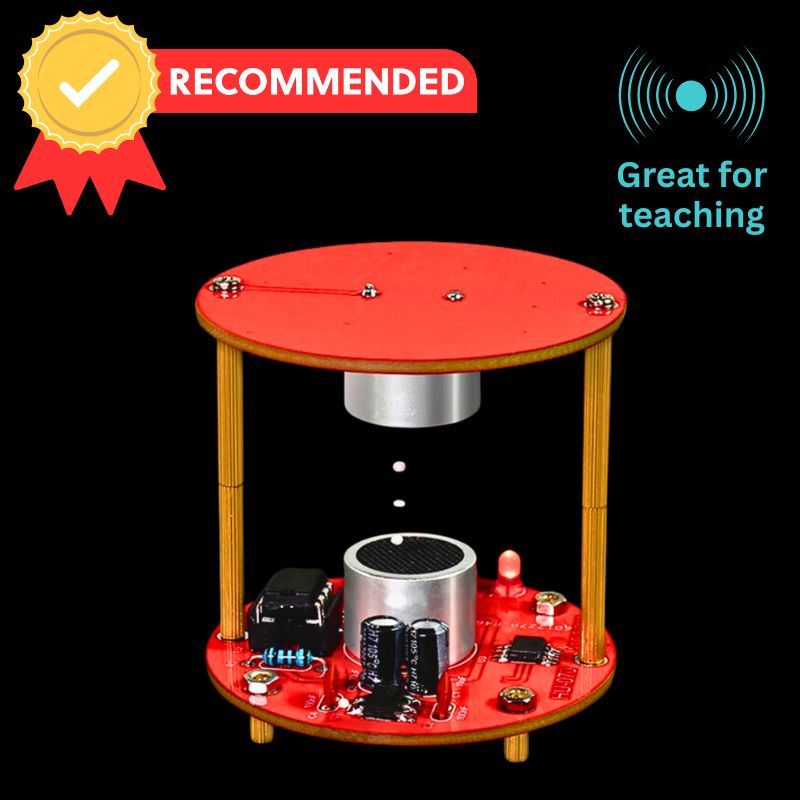
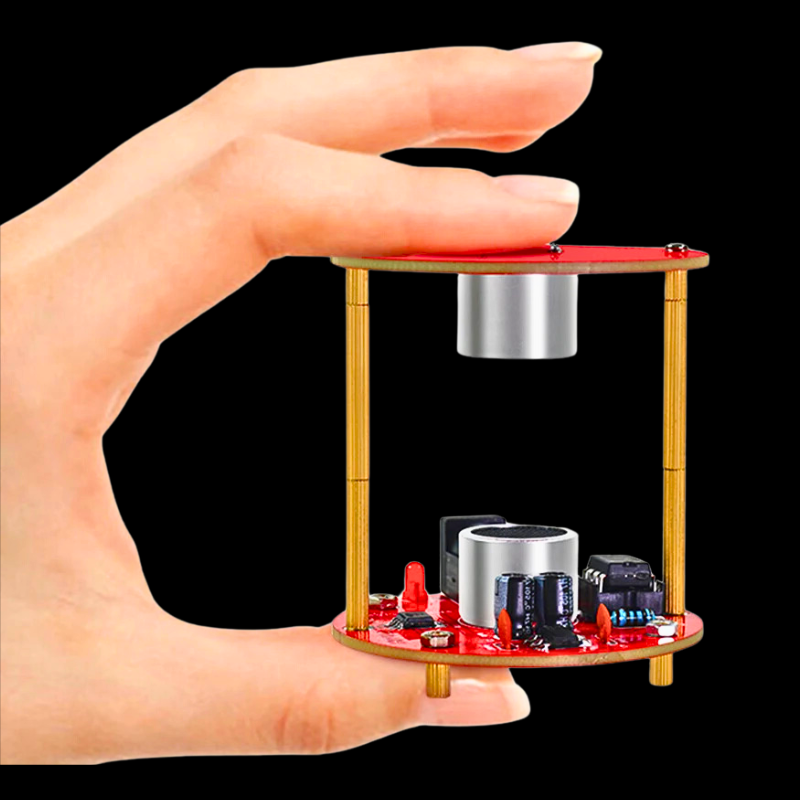
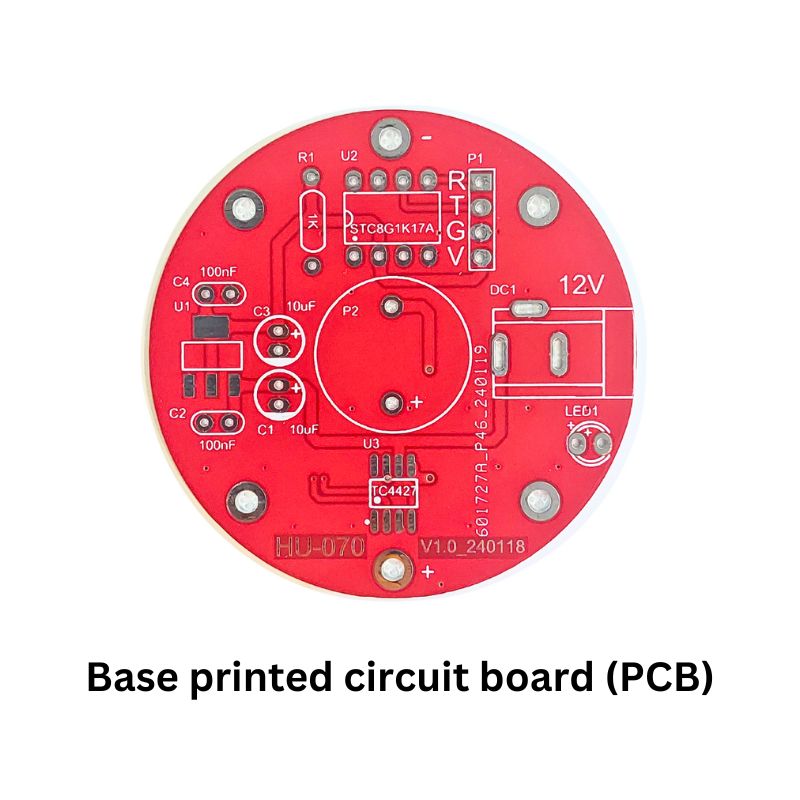
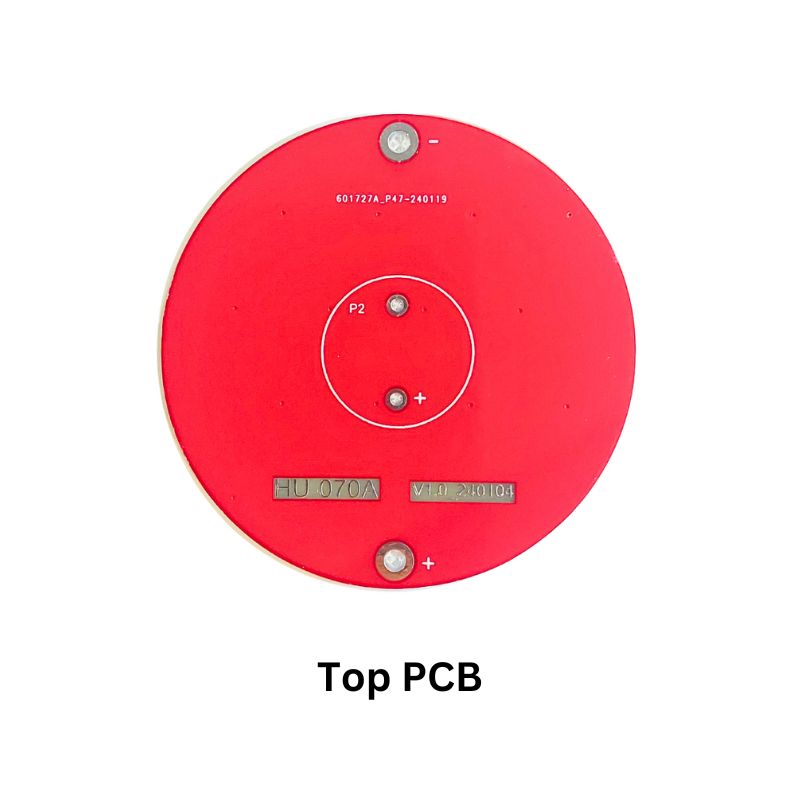
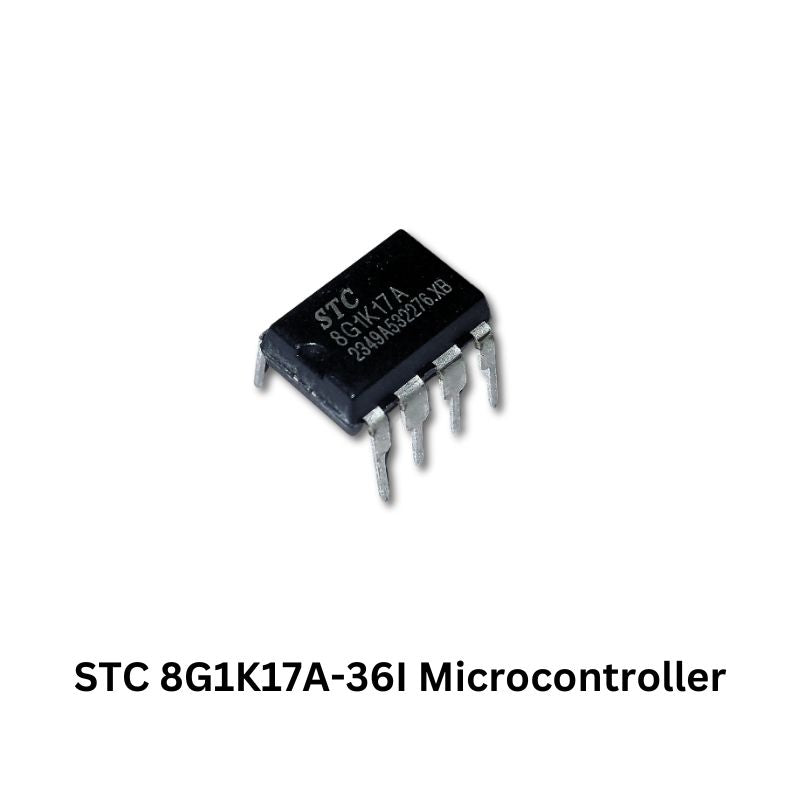
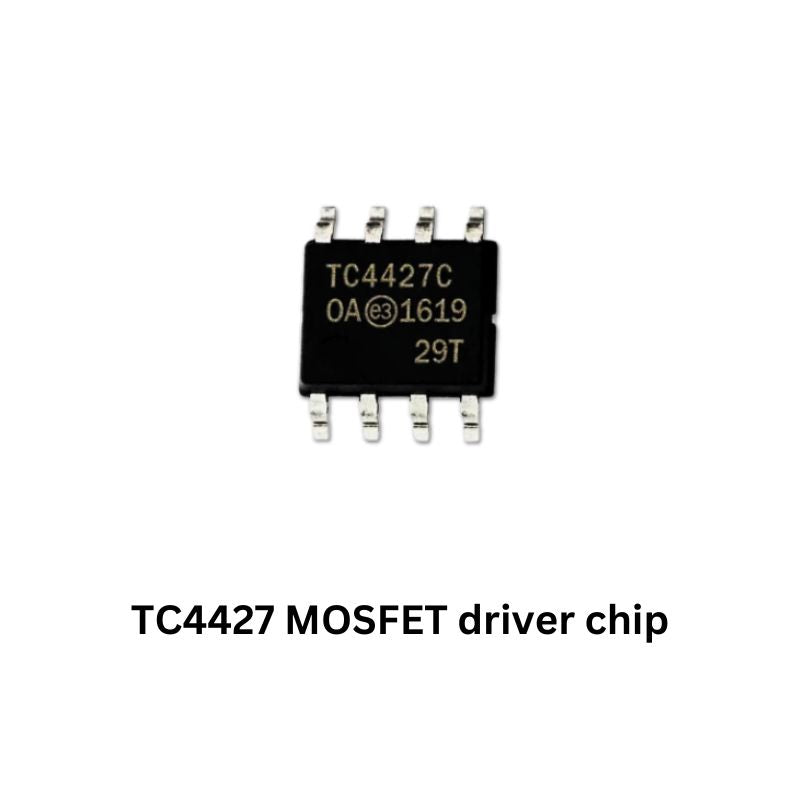
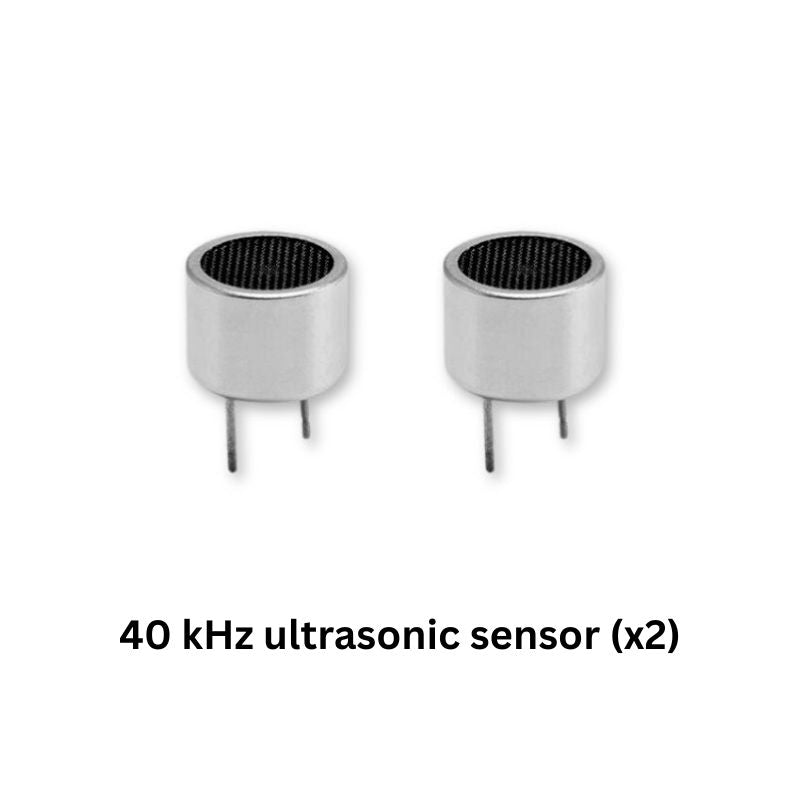
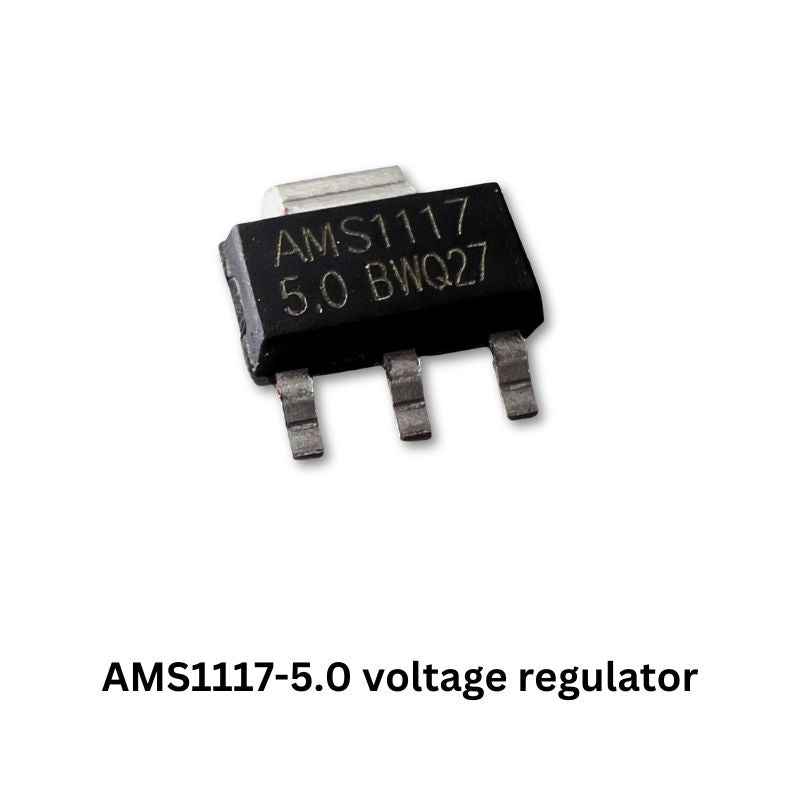
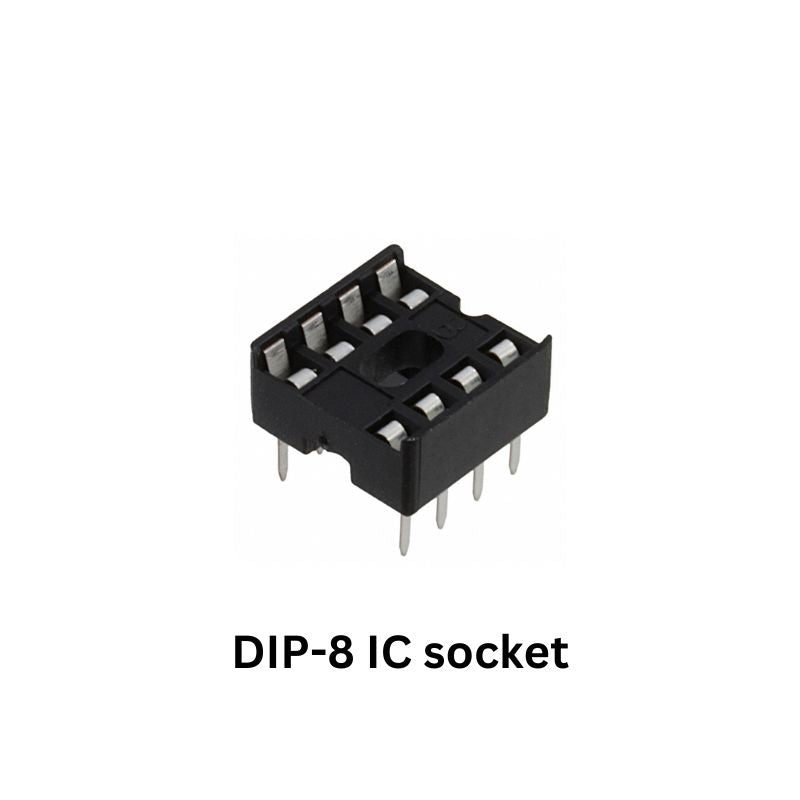
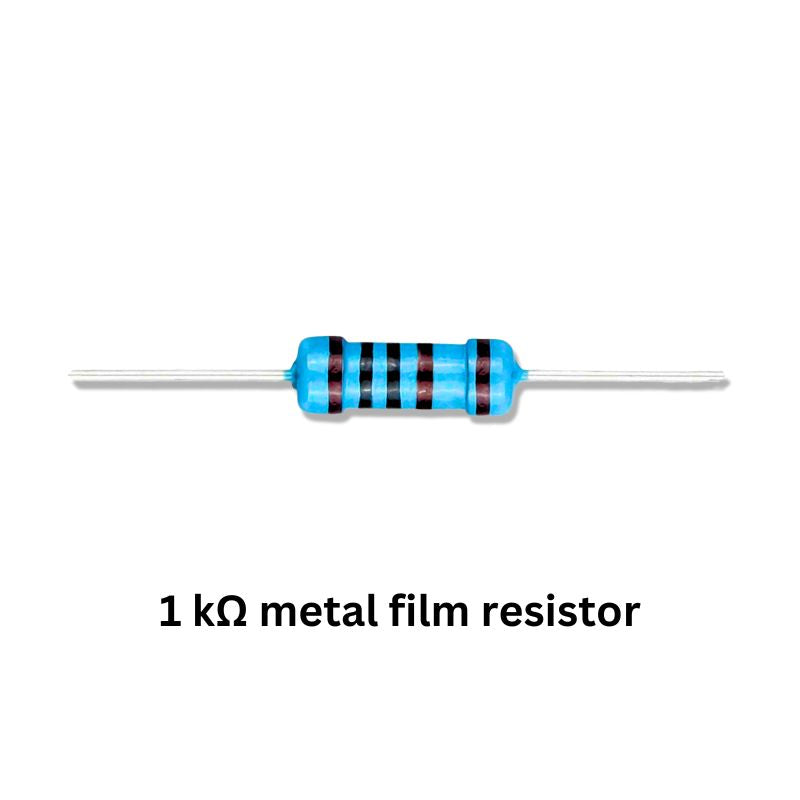
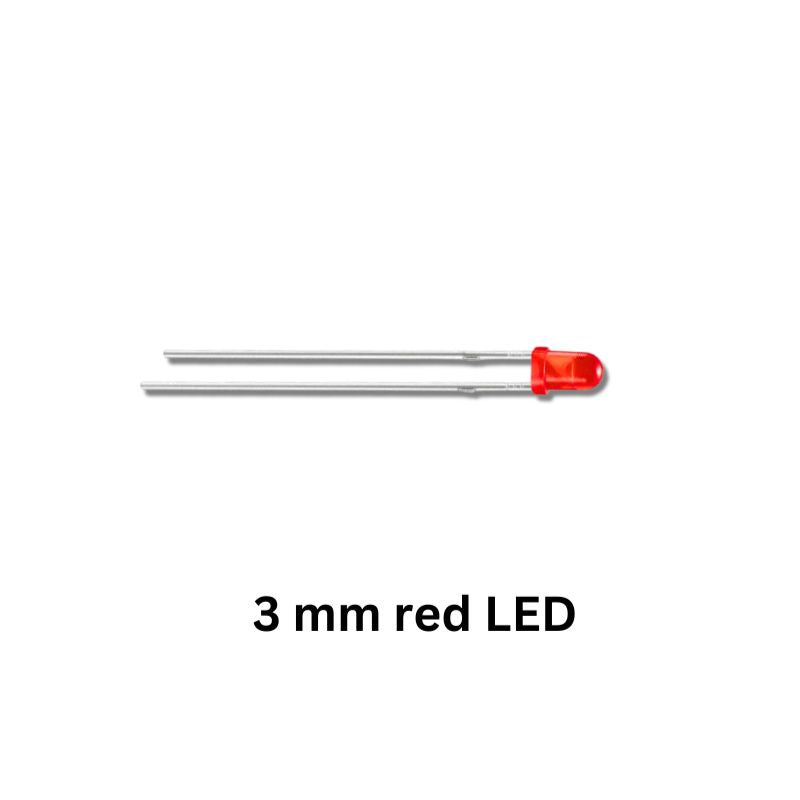
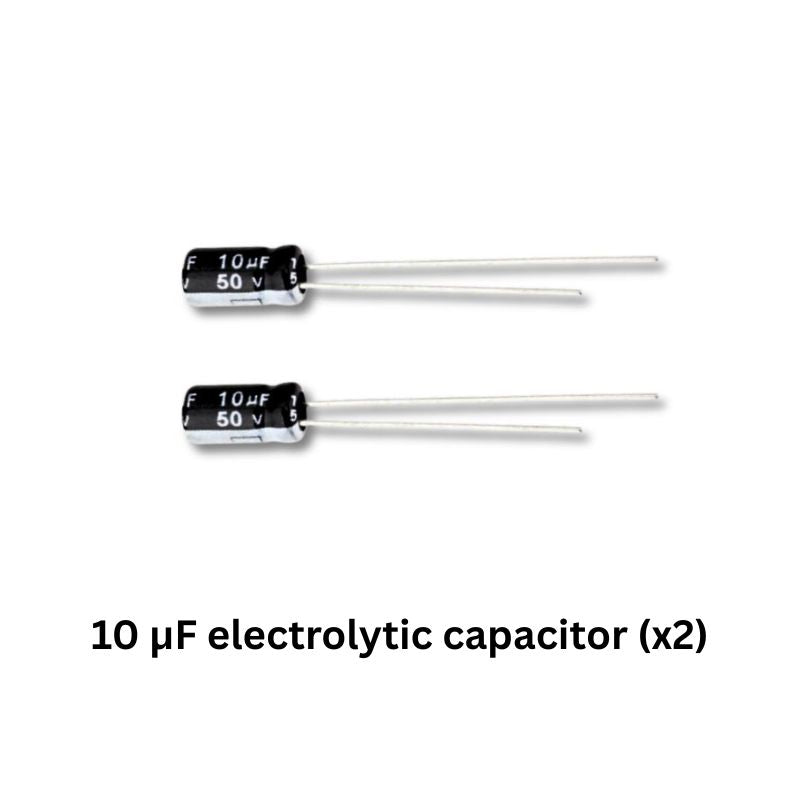
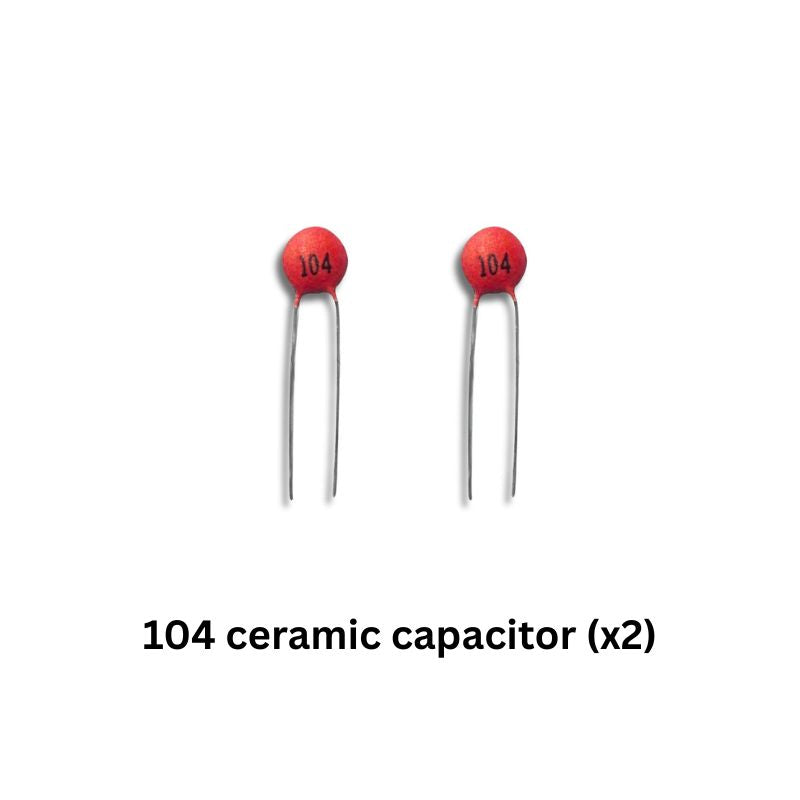
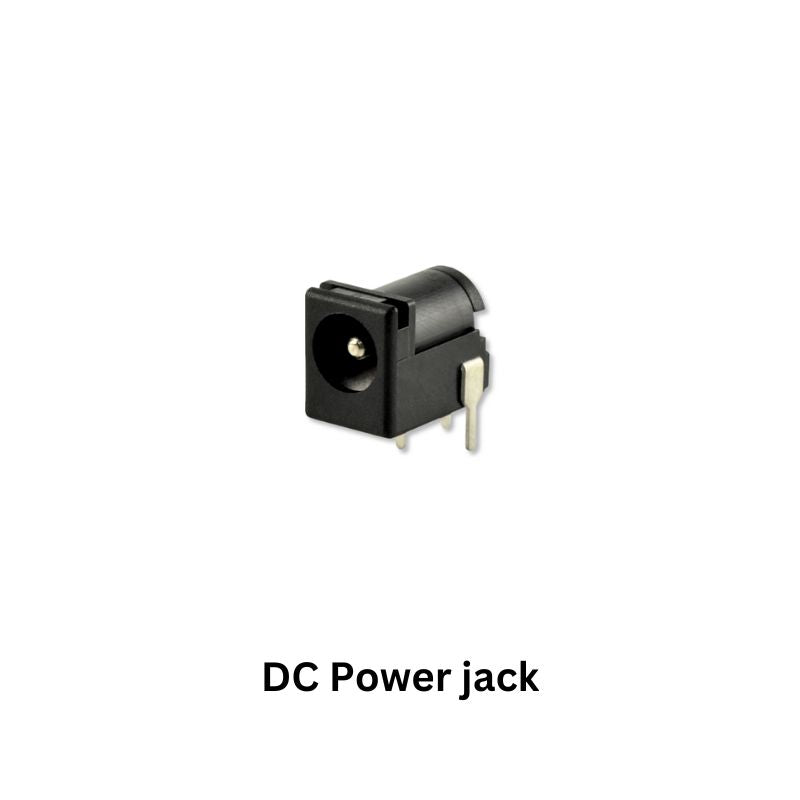
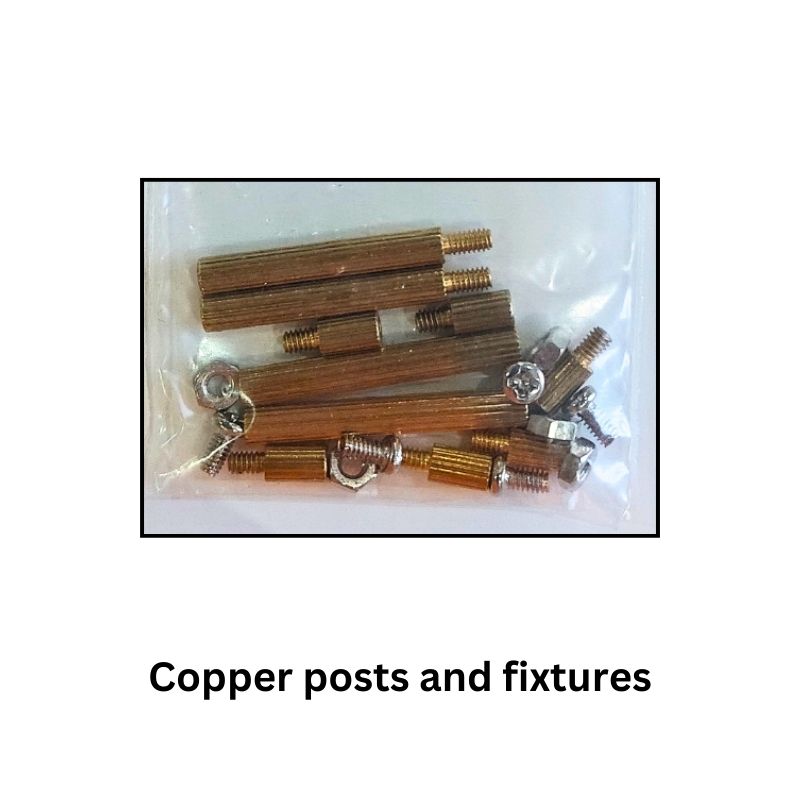
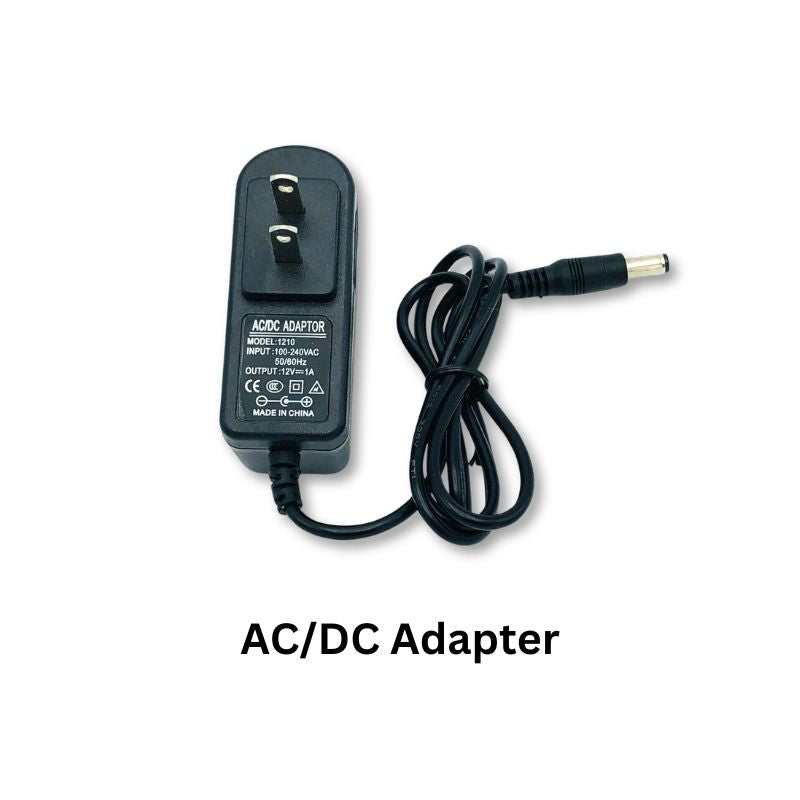
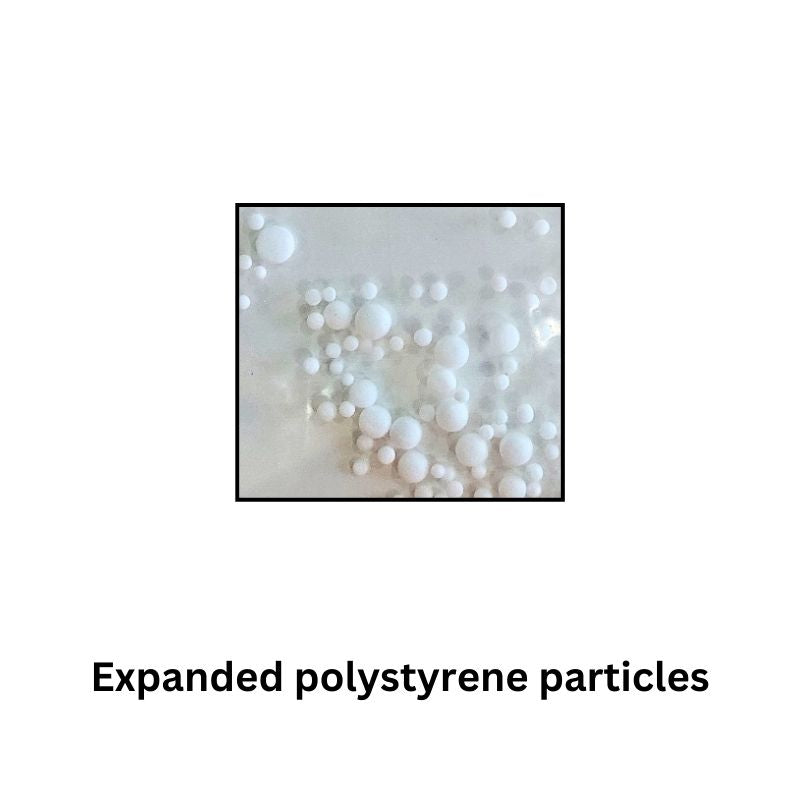
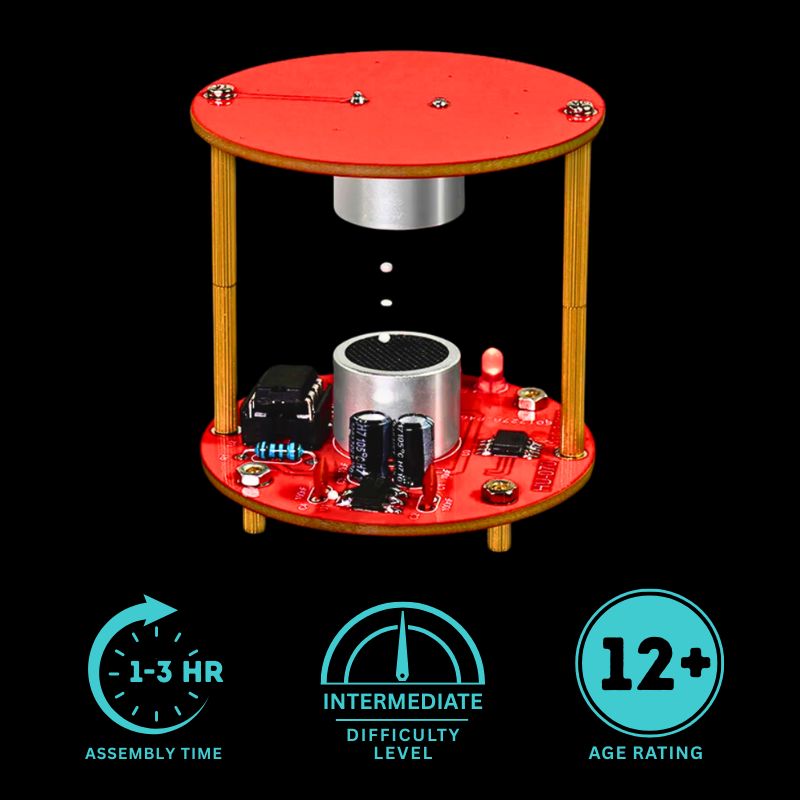
Straightforward to build and is a great tool for educating students - I teach physics at high school. You can definitely experiment with it a bit to make the levitation effect more dramatic. Kids in school think it's magic since there's nothing moving (as far as their eyes can see anyways) to cause the particles to stay put in mid air. Good demonstration of how components such as the ultrasonic distance sensors can be exploited to do something other than they were intended to do - fosters creativity - great kit!
Hi Michael, thanks for taking the time to leave this review, we really appreciate it. Delighted to hear you're making use of the kits you've bought from us for teaching purposes. We do offer educators discounts on some products - feel free to reach out to us on info@thesciencehut.com to inquire further.
This is a neat product and excellent soldering practice for SMD's. Looks like magic with the foam just levitating in mid air. I used my dedicated DC power supply unit to adjust the voltage and current into the device and found a sweet spot (10.5 volts, 38 milliamps) that seem to give the best levitation effect. Modifying these parameters changes the frequency and amplitude of the waves allowing you to adjust the number of nodes, and therefore the number of particles you can levitate. I teach Physics to A-level students; this device will be taken into school to be used for an interesting and engaging lesson.
Hi Dean, thanks for taking the time to write this review, it's very much appreciated. Great idea of bringing this in to form part of a lesson at school. No better way to learn than being hands-on with demonstrations and experimentation. Do let us know how it goes, we'd be delighted to hear about it!


















